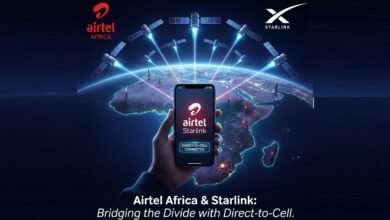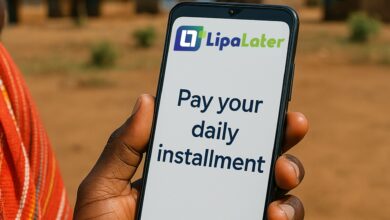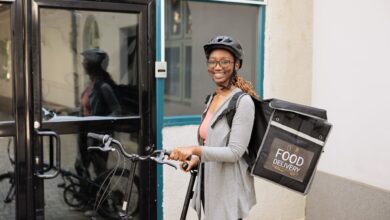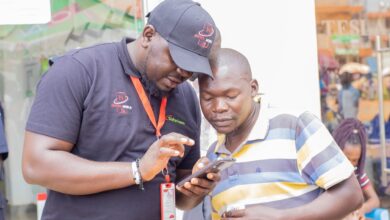How the Cost of Smartphones Is Widening Africa’s Digital Divide
Addressing Digital Inclusion Gaps in Africa
By Nikhil N. Patel: The Chief Growth Officer at Watu Credit
Imagine a world where access to education, financial services, and healthcare depends on owning a smartphone. For millions of people across Africa, this is not just a hypothetical scenario—it’s their daily reality. A farmer in rural Tanzania struggles to access digital payment systems. A young graduate in Nigeria misses out on online job opportunities. A mother in Kenya cannot book a telemedicine appointment because she lacks a smartphone.
Despite the rapid pace of global digitization, Africa remains behind. According to the International Telecommunication Union (ITU), as of November 2024, only 38% of Africa’s population is using the internet, as opposed to the global average of 68%. The same organisation estimates that people in rural areas in Africa are less connected than their urban counterparts, mostly due to gaps in infrastructure.
The world is increasingly getting connected with digitisation, which is at the forefront of everything we do and pursue. Digitisation has come to dictate our lifestyles and all facets of industry. It has streamlined services and eased the way we do business through e-commerce. It has also been a potent tool for gaining and sharing information and empowering communities in Africa. People are able to connect, strengthening the sense of community and social impact.
The Role of Mobile Phones in Digital Inclusion
To facilitate connectivity, the mobile phone is an essential tool to achieve the potential we can extract from digital inclusion. The ITU estimates that by the end of this year, there will be 500 million mobile phone users in Africa. Mobile phone penetration is at a rate of 65% annually, mostly driven by the vibrant state of social media and the increasing number of services going digital. Some countries with fast-rising mobile phone access include Kenya, Nigeria, South Africa, Egypt, and Ethiopia.
Mobile phones have become crucial to accessing healthcare, education, and other social services. However, as of last year, about 43% of the African population still has no smartphone access, which is staggering given how essential connectivity has become. This entrenches social inequalities as well as stretches the deepening poverty divide.
Barriers to Digital Inclusion in Africa
1. Affordability of Smartphones
One of the barriers to smartphone access is affordability. The cost of a smartphone for the average African is nearly 30% of their salary, making the move from 2G feature phones to 4G or 5G-enabled devices an uphill task.
Furthermore, the cost of data is an added expense that is preventing low-income earners from accessing devices. For instance, the cost of 1GB of data in different African countries varies:
- South Africa – $1.17
- Kenya – $0.59
- Nigeria – $0.38
2. Regulatory and Policy Challenges
Another challenge we face is regulatory and policy directives. The transition from 2G to 5G in most African countries has been leaving many behind, with governments either banning or phasing out 2G phones.
While this may be good for network operators, it is a major challenge for users who cannot afford a smartphone, ultimately locking out a vast majority from digital inclusion.
How to Bridge the Digital Inclusion Gap in Africa
1. Public-Private Partnerships
To push the narrative towards digital inclusion, we need a multi-stakeholder approach to ensure that disenfranchised communities can gain access to smartphones. We need public and private partnerships to address the lack of mobile phone penetration.
Through government agencies, the public sector should invest in infrastructure that enables wide and inclusive connectivity. Having access to smartphones without a strong network connection would be counterproductive.
2. Private Sector Solutions
The private sector, including:
- Smartphone manufacturers
- Telecommunications companies
- Buy Now Pay Later (BNPL) providers
can play a significant role in reducing inequalities in the digital space.
Through innovative products and services, we can bridge the digital divide in Africa. We can tailor services that address the needs of low- to middle-income earners and promote digital inclusion through phone access.
Private entities can roll out cost-friendly products that enable more people to access smartphones, helping to break economic limitations that people may encounter.
3. Smartphone Financing as a Solution
Among private sector players, Watu is at the forefront of digital inclusion by enabling communities to access mobile phones through smartphone financing. By financing over 1.7 million devices across seven markets, Watu is actively breaking digital barriers and empowering communities.
However, digital inclusion requires ongoing collaboration to ensure that no one is left behind.








